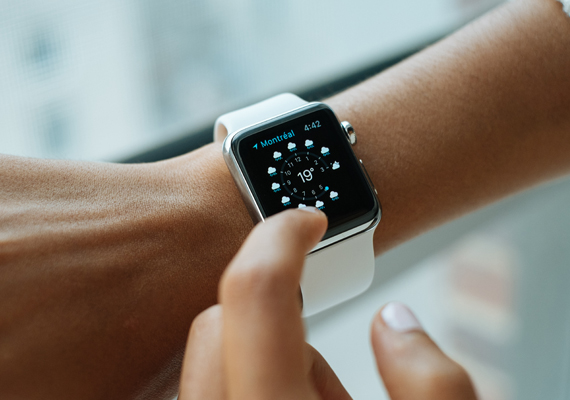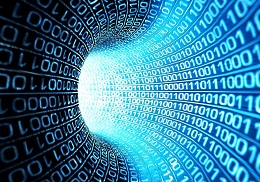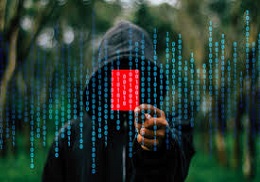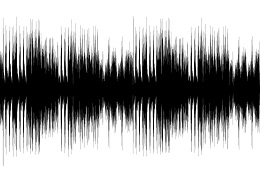
In the Master’s Degree in Telecommunications Engineering several subjects related to signal processing are taught. This discipline is present in many devices that we use every day and they are already being used in the main technological advances.
7 june 2016
Signal processing is a branch of electrical engineering halfway between biotechnology and social interactions that are more and more present in the everyday use we make of digital tools and in its applications in different professional fields. Next, we review the main practical uses of this discipline.
Machine Learning
Automatic learning or machine learning pulls together computing and statistics in the development of techniques that allow machines to “learn”. It is present in applications that detect the credit cards fraud, elaborate medical diagnosis and recognise the voice.Aprendizaje automático
Sound processing and voice recognition
Signal processing is the technology present in all the stages of sound processing, from the conversion from analogue to digital, to the application of filters or the gain control. Likewise, this electrical engineering branch makes us possible to collect all the discography of our favourite artists in an only portable device thanks to the MP3 and AAC compressions.
Regarding voice recognition, it enables extracting the information within signals to translate it in recognisable words. This has allowed for spreading its uses to therapeutic applications and recognition programmes for people with functional diversity. Also, thanks to signal processing, intelligent personal assistants such as Siri, Google Now and Cortana are able of recognising our voice.
Autonomous driving
Autonomous vehicles are a reality. In Michigan, the epicentre of automotive industry of United States is promoting initiatives to facilitate the sale and circulation of this type of vehicles.
Signal processing is integrated in the technology these cars use. They control decision-making and when they must stop or start, and identify weather conditions.
Wearable technology
The possibilities of wearable technology seem unlimited. From Internet access through a watch to controlling the heart rate or using geolocation on a person. In this kind of technology, signal processing acts as a translator of the information so that it is interpreted by these devices.
Thanks to signal processing, intelligent personal assistants such as Siri, Google Now and Cortana are able of recognising our voice
The Master’s Degree in Telecommunications Engineering of the Universitat de València trains its students from a multidisciplinary perspective around three basic pillars: signal, electronics and telematics. Among its 90 ECTS credits, we can find several subjects related to signal processing.
Advanced signal processing for communications
This 5 ECTS credits subject is taught from February 2016 to May 2016. In this subject the advanced techniques of signal statistical process used to solve several problems found in the modern communications systems are introduced. Some contents of the topics are the following:
- Transmission and reception techniques in Gaussian channels;
- Detection, probabilities of bit and symbol errors;
- MLSE estimation;
- Adaptive equalisers (LMS, RLS).
Multimedia systems and communications
This 5 ECTS credits subject is taught from September 2015 to January 2016. This subject studies the multimedia coding systems with emphasis on audiovisual coding. The objective is that students acquire enough knowledge and skills to work with the current multimedia communications systems, both from the psychophysical point of view and from the point of view of the fundamentals of the related information and algorithmic theory. Some contents of the topics are the following:
- Basic tools (entropy encoding, quantification, prediction and transformed);
- Techniques and standards review (DPCM, ADPCM, MPEG Audio MP3 and JPEG 2000);
- Coding with error recovery (error resilience, H26X and MPEG2);
- Indexation of contents (MPEG7).











